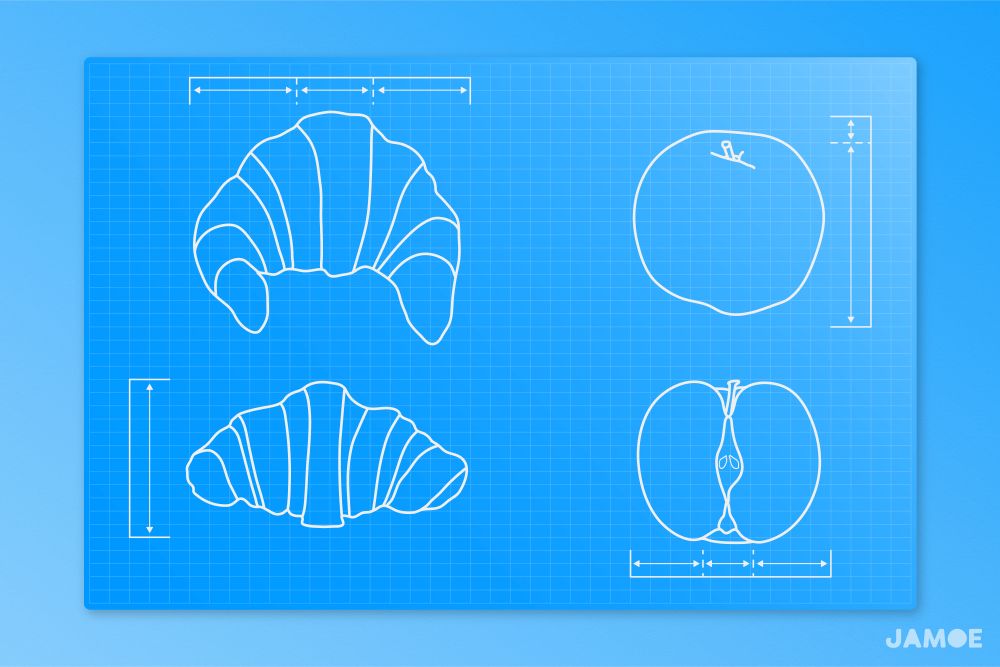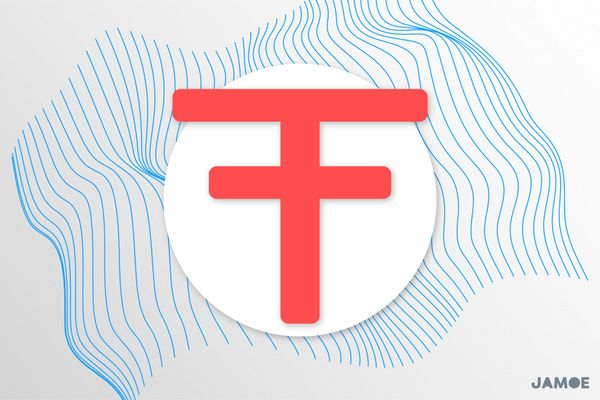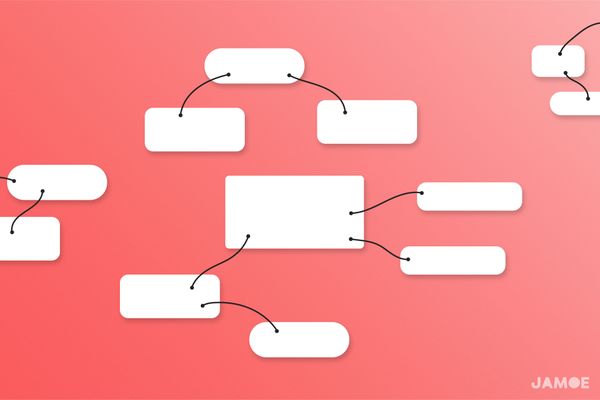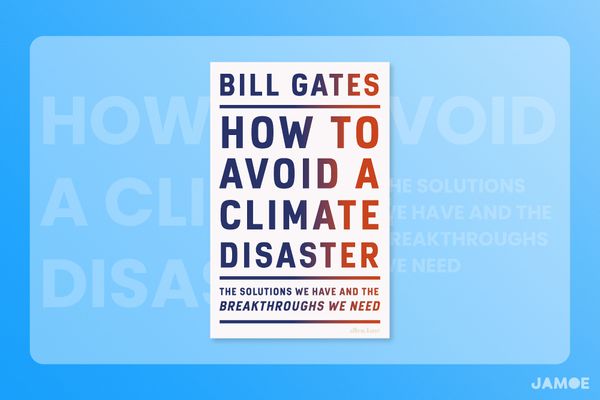Motivation Is A Myth: How To Be Disciplined By Design
At a glance
- Based on the reader question: What’s the best way to stay motivated and not get distracted? – Harlenna, UK
- Leave with three practical tips you can implement immediately that will make it easier to get started with work, avoid procrastination, and maintain your momentum during the day.
- Using a medical study, learn how to take advantage of the weaknesses in our psychology to become disciplined by design.
- Learn why subtracting distractions is more effective than boosting our willpower.
Introduction
You don’t need to feel motivated to get things done. You get things done to feel motivated. Motivation is the encouragement that follows from seeing the fruits of your labour, or anticipating the lazing about that follows on from a long day.
Accepting this reveals the more important question, ‘If I shouldn’t be cultivating my motivation, what should I be doing?’. As getting things done is the path to being motivated, our focus should be on making the jump from thinking to acting, which comes down to discipline.
When striving to be disciplined, the common pitfall is to assume that cultivating discipline means training our willpower. However, calling on insights from psychology and behavioural economics, the best approach lies in subtracting the enemy of discipline: distraction.
You’ll find a practical guide on how you can start being disciplined by design below. We'll be building on this article with a future series, so you can take this even further.
What is being Disciplined by Design?
‘Slim by Design’ was the headline that accompanied the 2013 peer reviewed study published in the medical journal, PLoS One. The study looked at how the order in which food was presented at a buffet affected the choices of conference attendees.
When the attendees arrived for breakfast, they were randomly assigned to different buffet tables on opposite sides of the room. The buffet tables were identical in every way but one, how the food was ordered. One table included cheesy eggs, fried potatoes, bacon, cinnamon rolls, low-fat granola, low-fat yogurt, and fresh fruit. The other table was the same but in reverse.
The results were as expected. Despite it being a health conference, what attendees chose to eat was significantly affected by the order in which it was offered. If you were presented with fresh fruit and yogurt first, you would be more likely to resist the fried potatoes and cheesy eggs.
The standout statistic from the study was that 75% of people accepted the first item they were offered regardless of whether that first item was a scoop of cheesy eggs or some freshly cut fruit.
Knowing that 75% of attendees at a health conference will submit to the design of a buffet table, whether they were trying to be health conscious or not, shows why the paper’s bold claim that one can be ‘Slim by Design’ has teeth. The order of the food nudged the health conscious to eat junk food, while those wanting junk food gobbled up the fresh fruit.
The Redraft team and I call this the Buffet Principle:
The first choice we see shapes our actions the most. So, make the first choice the right choice.
Using the Buffet Principle, I’ve supported students, colleagues, and myself in not being pulled off the wagon by distractions. I'll offer three of the most effective tweaks you can make to your own study or work buffet, so you can make the healthier option your default choice, rather than falling prey to "junk food".
Each tweak focuses on a different stage of working: getting started, and maintaining momentum during the day and across days. With that starting point, you'll then be warmed-up to start redesigning your own buffet.
Being distracted is not your fault
Distractions have never been more powerful. The forces pulling us into the bottomless pits of notifications, newsfeeds, and chocolate boxes take many cues from the playbooks used to make gambling addictive.
Naval Ravikant’s, Founder and CEO of AngelList, sums it up well:
The modern struggle:
Lone individuals summoning inhuman willpower, fasting, meditating, and exercising…
Up against armies of scientists and statisticians weaponising abundant food, screens, and medicine into junk food, clickbait news, infinite porn, endless games, and addictive drugs.
What is your fault, however, is not being mindful of the things that are pulling you into their orbit. Our phones unite us as sources of distraction, so I’ll offer some recipes for how you can lighten its hold, along with two other techniques that you can adopt to maintain your momentum once you start working: Distraction Catchers, and Evening Pages.
Escaping your phone’s gravity
For our inspirational home screen setups and wallpapers, you can read our deep dive article on this technique here.
Home screen buffets: Building on the buffet study, the apps you see when you first unlock your phone have the most power to shape your actions. Knowing this, put the apps that will support your discipline front and centre, and bury distraction traps inside folders, so their siren call isn’t as sweet.
No notification centre: By default, apps will prompt you to turn on notifications, which is a distraction bear trap. I decided to turn off all notifications and badges for every app. After doing this, I could reflect on which notifications were truly urgent and important, and turn these back on. Only the apps that delivered messages from my family and clients made the cut.
Put it out of your eye-line: A well-trodden recommendation is to put your phone in another room while you work. However, increasingly our phones are becoming more integrated with completing tasks, especially as you transition from studying to working. So, if you can't put your phone in another room, putting your phone in a drawer, or in your bag, if you’re working remotely, is an effective compromise.
Bonus: Screen time limits: Most phones allow you to ration the time you spend on apps. YouTube was my Achilles' heel, so I introduced a daily allowance of 15 minutes. If I ever had a legitimate reason for needing more time, such as when watching a lecture, I had entrusted my flatmate with the passcode. That way, I was able to design my way out of cheating and break the habit. You don’t have to be that extreme, but if you find yourself in a similar bottomless pit, give it a try.
Making a distraction catcher
Distraction Catchers are my technology-free way of dodging distractions.
While studying or working, I keep a piece of paper and pen nearby. Whenever a thought occurs to me that isn’t related to the task at hand, I scribble it down. Having it on paper saves it for later, so I can forget about it and return to what I was doing.
If you’re like me, your thoughts will fall across three buckets:
- Impulses: things that feel urgent and exciting, e.g. checking Twitter, brewing some tea, grabbing some olives
- Ideas: when inspiration strikes, don’t let it get away, e.g. subtitles are mini-spoilers
- Tasks: items for your to-do list, e.g. send adorable owl photo to Jen, test smoke alarm battery
When I'm on my break, I can review this list, and see if any of the things I wrote still look appealing, like brewing some tea and grabbing some olives.
Combining this with the Pomodoro Technique, that is, working in cycles of 25 minutes bursts with 5-minute breaks, is a great way to stay centred.
Practicing Evening Pages
One of the greatest distractions to discipline is, ‘Where do I even start?’. I've found this feeling to be at its strongest in the mornings, so I began adopting a habit I call Evening Pages to avoid procrastinating. You can read a deep dive on this technique here.
Your Evening Pages will serve as the freshly cut fruit you default to each morning, instead of being unsure where to start and stumbling into your email inbox, and getting wrapped up in some cheesy egg messages.
When you wrap up your day, spend five minutes writing down the to-dos and next steps for your various workstreams. It need only be enough to orient you in the morning, so being rough and messy is fine. You’ll know you’re done when you feel a sense of calm from having off-loaded the items you didn’t want to forget.
Come the morning, this will serve as your habitual starting point or the first item on your buffet table. With a night’s rest under your belt, you’ll have a better perspective on your priorities, so you can focus on the things that matter.
When reading Shoe Dog by the Founder of Nike, I learned that he practices a similar habit, and a study by Baylor University validated its hypothesis that off-loading your to-dos correlates with falling asleep faster.
Conclusion
Based on the study, 75% of people will choose the first option shown to them, whether they want to eat junk food or not.
Taking this onboard by burying the "junk food" that's distracting you, and front-loading your environment with the healthier options means getting things done becomes inevitable, rather than a matter of willpower.
As you refine your Disciplined by Design habits, consider this insight inspired by the documentary The Social Dilemma. It's something I refer back to when judging whether something is a tool or a distraction and if I should keep it or discard it:
If something is a tool, it just sits there until we use it. Distractions do the opposite. They don't wait to be used. They demand to be used, eaten, or played with.
This article is part of the Redraft newsletter, where we answer reader questions. Submit your question here or subscribe for free.
Learn faster. Think deeper. Stress less.




